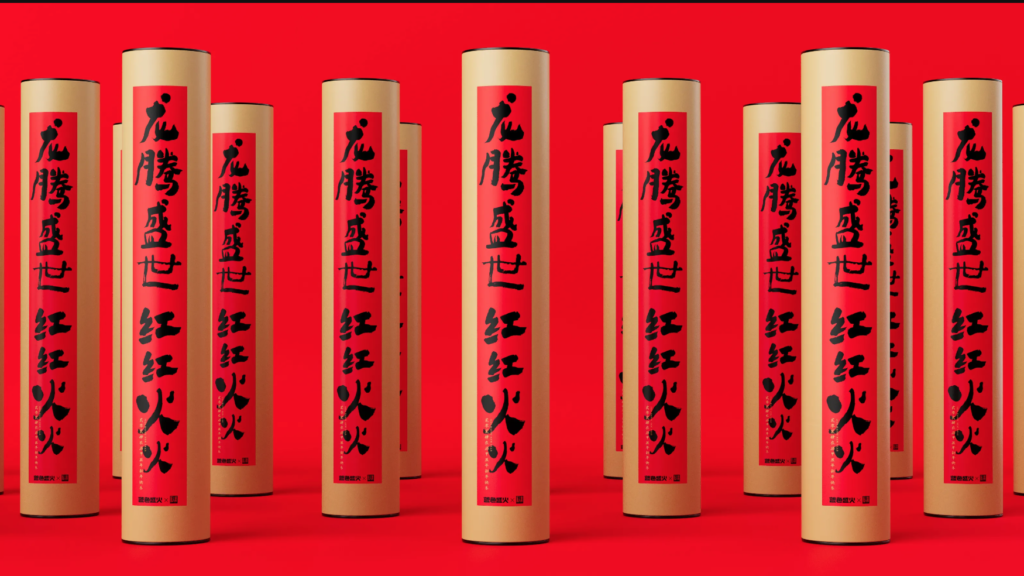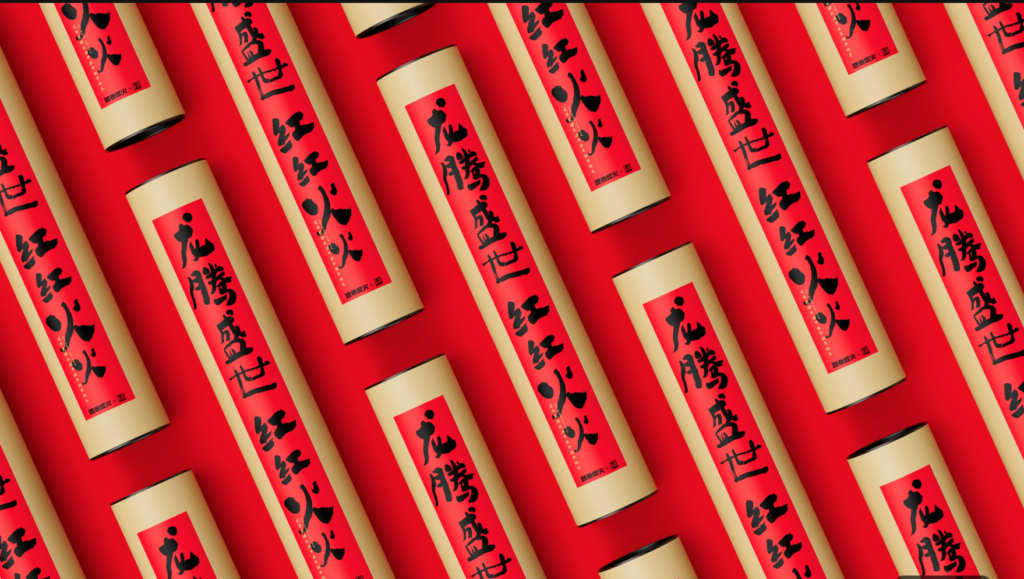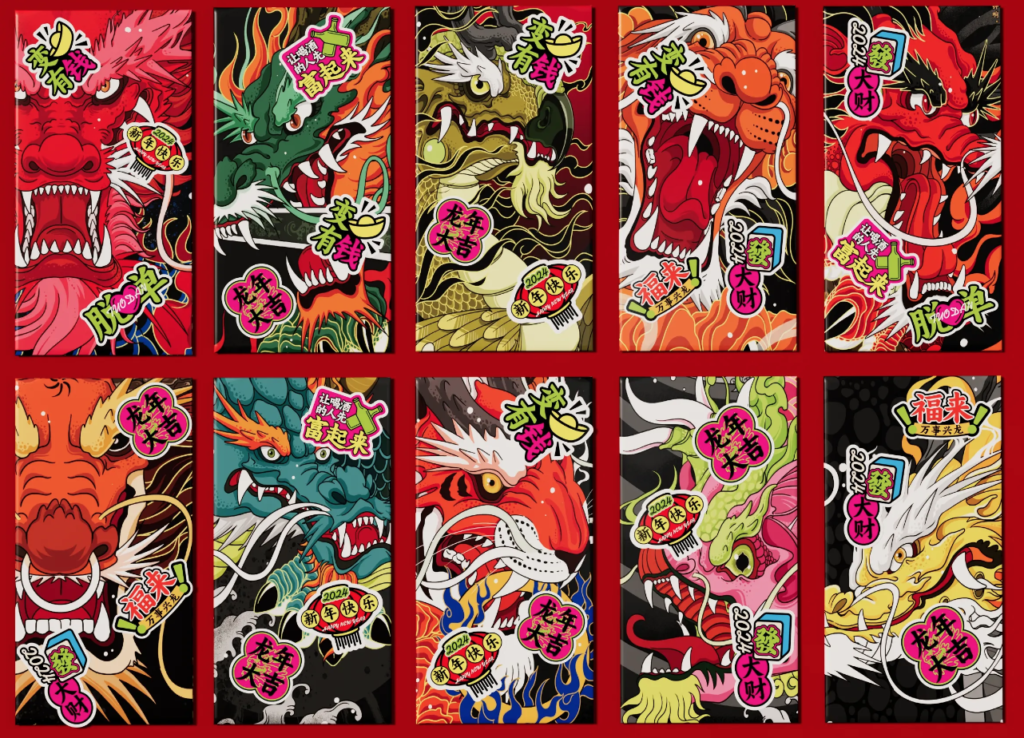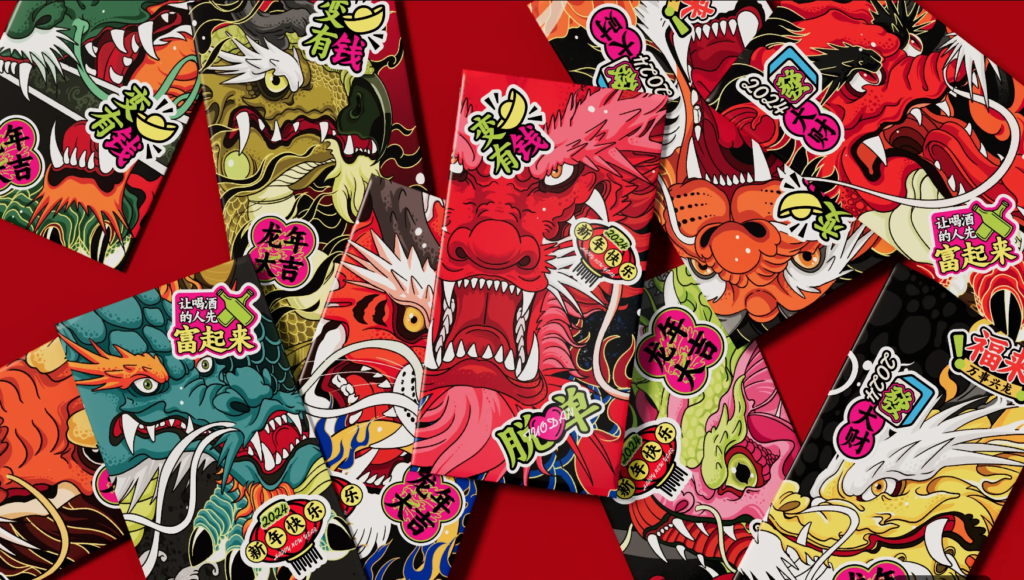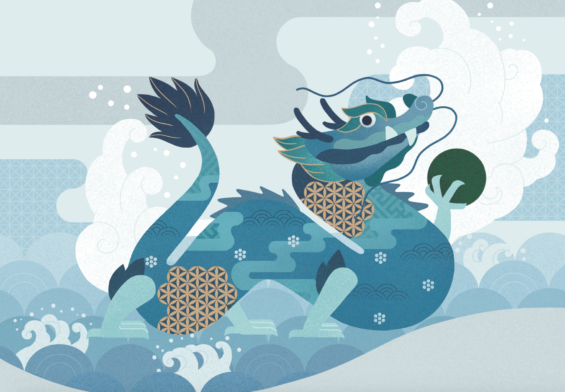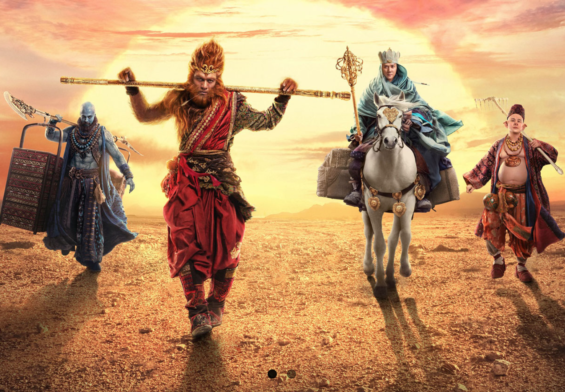2024 resembles the year of the Dragon, the dragon is one of the most powerful species in Asian mythology, Dragon king is responsible for the job of controlling the world’s weather and water. Such as rain, flooding, drought, and clouds, which are different from the western dragons, mostly have the attributes of both ice and fire.
In Chinese mythology, the dragon has nine sons, each with a unique appearance and supernatural power. The names of the nine sons are:
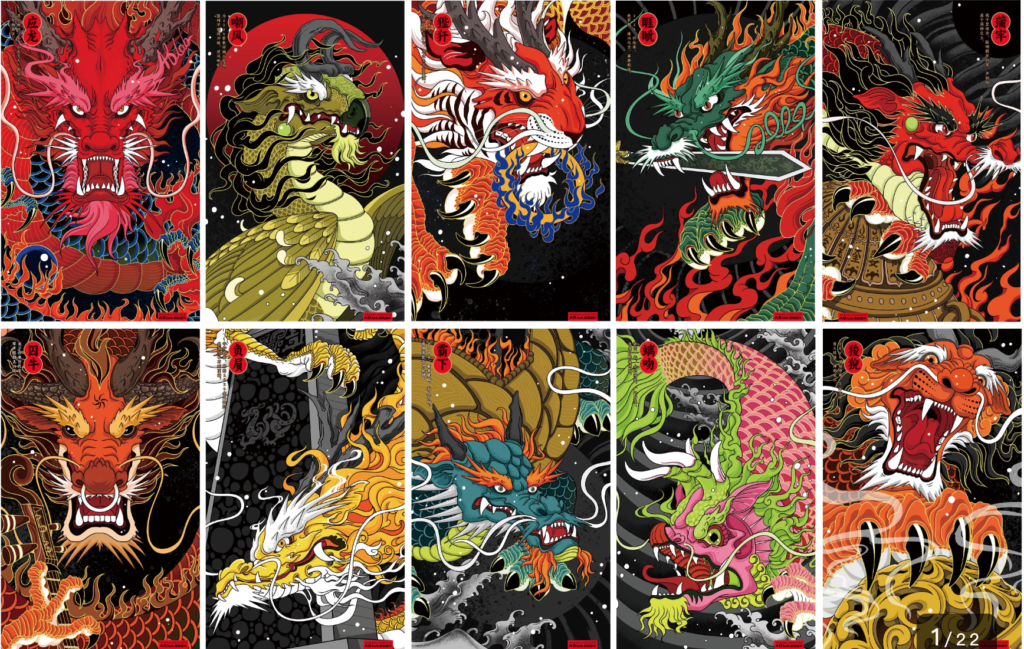
-
BixiThe eldest son, who resembles a tortoise and is capable of lifting heavy objects. Bixi II is a symbol of strength, resilience, long life, and good fortune.ChiwenThe second son, who is short in stature and has a large mouth. Chiwen is often found guarding houses, guarding them from above by holding onto the edges of a rooftop. Chiwen is in control of the water element.Chiwen looks somewhat like a lizard without a tail. He likes gazing around in precarious areas. He swallows fire and sprays waves to cause rainfalls. His image is often found at the corners and ridges of a hall as well as on the roofJiao TuOften described as a clam or conch, Jiao Tu is one of the nine sons of the dragon. Jiao Tu does not like to be disturbed and is placed in front of doors.
Pulao (蒲牢): Pulao looks like a dragon, but is smaller in size, and likes to roar. It is said that Pulao lives by the sea and fears whales most. Whenever he’s attacked by a whale, he keeps roaring. Thus, people put his image on bells and make the wooden striker into the shape of a whale. This is to get the loudest possible bell sound.
Bi’an (狴犴): Bi’an looks like a tiger. He’s very powerful and interested in prisons and judicial cases. Therefore, people engrave his image on the doors of prisons. The tiger is a brave and fierce animal and the image of Bi’an, a tiger-like beast, is used to enhance the majesty of prisons and to intimidate criminals.
Taotie (饕餮): Taotie looks like a wolf and loves eating very much. As it is an imaginary evil beast greedy of eating, people who indulge in eating and those avaricious of wealth are referred to as “people of taotie”. The head of Taotie is often engraved on ritual vessels like bells and tripods as a decorative motif.
Baxia (蚣蝮): Baxia looks like a fish but is not a fish, and loves water. He is often engraved on top of a stone bridge’s railing. He is the guardian of the ancient bridges.
Yazi (睚眦): Yazi looks like a jackal, and stares at things with angry eyes and is fond of bloody killings. His image is often engraved on knife handles and sword sheaths.
Suanni (狻猊): Suanni was originally the alias of the lion, so he looks like a lion. He likes smoke and fire and often sits down. The lion was introduced into China with Buddhism. Sakyamuni was nicknamed “Fearless Lion”, so his image can be found on Buddha altars and incense burners.
Jiaotu (椒图): Jiaotu is like a mussel or a snail that’s tight-lipped by nature. His image is often engraved on doors or door boards. Mussels and snails tend to close their shells tightly when attacked. Putting Jiaotu’s image on doors may serve as a wish for closing the door as tightly as possible for safety.

